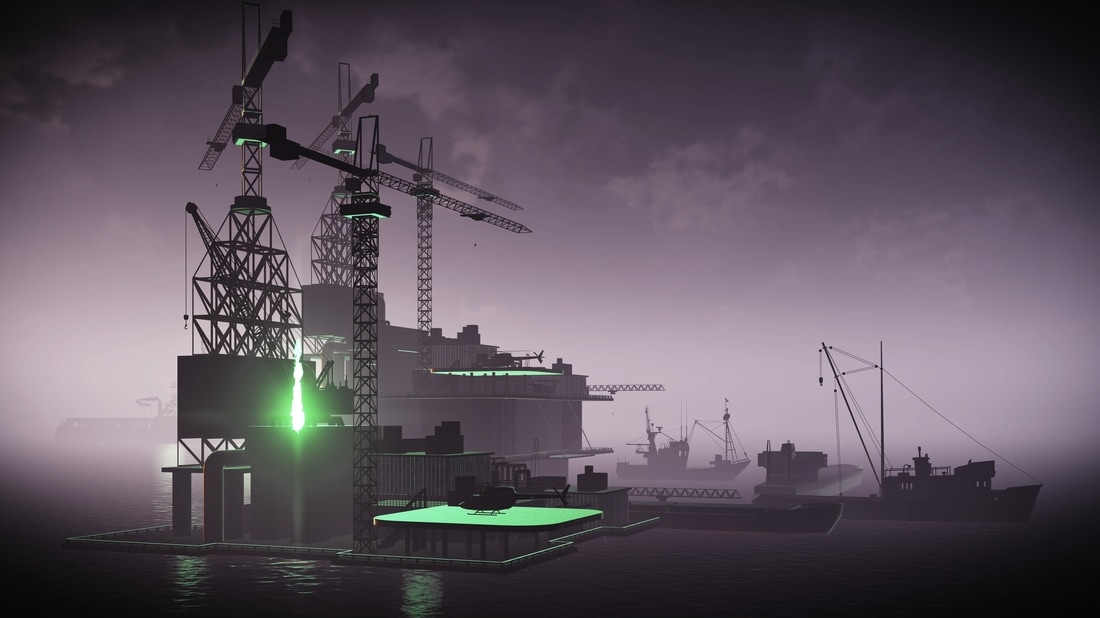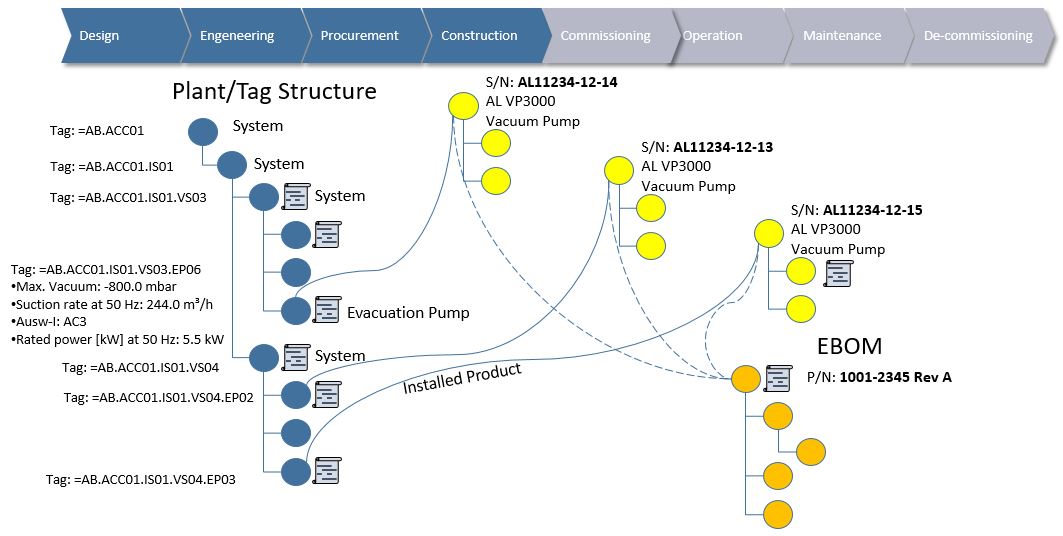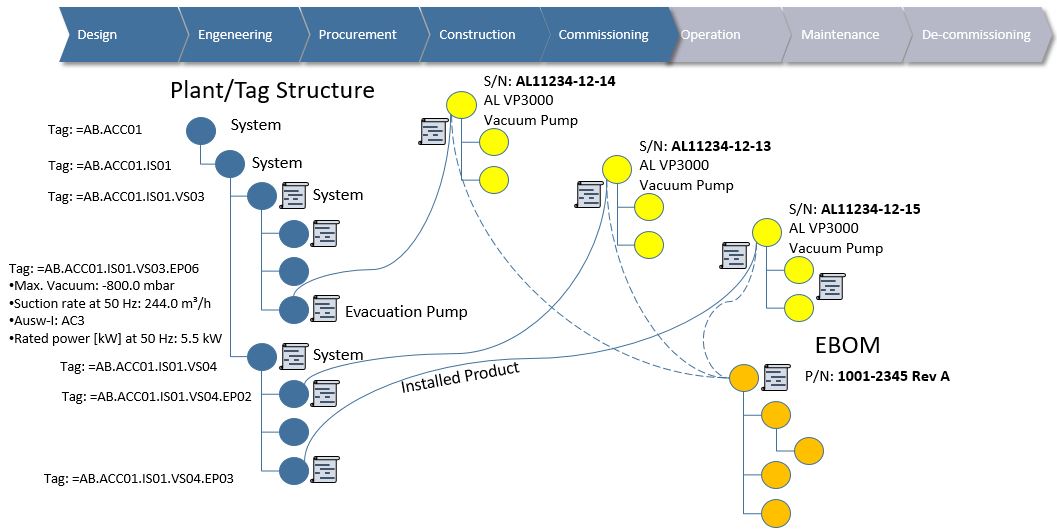I realize that the last post “Handover to logistics and supply chain in capital projects” went quite a lot further in the information lifecycle than the headline suggested, so here is a brief recap on how structured and linked data can support processes during construction/installation and commissioning.
This post is a continuation of the posts in the Plant Information Management series of:
“Handover to logistics and supply chain in capital projects”
“Plant Engineering meets Product Engineering in capital projects”
“Plant Information Management - What to manage?”
Let’s jump in and follow the journey of the manufactured physical products as they move into installation and commissioning phases.
This post is a continuation of the posts in the Plant Information Management series of:
“Handover to logistics and supply chain in capital projects”
“Plant Engineering meets Product Engineering in capital projects”
“Plant Information Management - What to manage?”
Let’s jump in and follow the journey of the manufactured physical products as they move into installation and commissioning phases.
Figure 1.
Provided that the information from the different structures and their context in relation to each other is kept, it is possible to trace perfectly what physical items should be installed where, corresponding to the tag requirements in the project (note: I’ve removed the connections from tag to EBOM in this figure for clarity).
We are now able to connect the information from tag: =AB.ACC01.IS01.VS04.EP03, the one in the safety classed area to the physical item with serial number S/N: AL11234-12-15 that contains the documentation proving that it is fit for purpose in a safety classed area.
As the other two tags are not in a safety classed area, and have no special requirements, any of the two physical pumps can be used to fulfill the tag requirements, however we still want full traceability for commissioning, operations & maintenance.
Provided that the information from the different structures and their context in relation to each other is kept, it is possible to trace perfectly what physical items should be installed where, corresponding to the tag requirements in the project (note: I’ve removed the connections from tag to EBOM in this figure for clarity).
We are now able to connect the information from tag: =AB.ACC01.IS01.VS04.EP03, the one in the safety classed area to the physical item with serial number S/N: AL11234-12-15 that contains the documentation proving that it is fit for purpose in a safety classed area.
As the other two tags are not in a safety classed area, and have no special requirements, any of the two physical pumps can be used to fulfill the tag requirements, however we still want full traceability for commissioning, operations & maintenance.
Figure 2.
Since we now have a connection between the tag requirements and the physically installed individuals, we can commence with various commissioning tests and verify that what we actually installed works as intended in relation to what we designed (the plant system), and furthermore we can associate certificates, commissioning documentation and processes to the physical individuals.
The reason for this split between tag object and physical item object I’d like to come back to in a future post regarding operations and maintenance.
Bjorn Fidjeland
The header image used in this post is by Satori13 and purchased at dreamstime.com
Since we now have a connection between the tag requirements and the physically installed individuals, we can commence with various commissioning tests and verify that what we actually installed works as intended in relation to what we designed (the plant system), and furthermore we can associate certificates, commissioning documentation and processes to the physical individuals.
The reason for this split between tag object and physical item object I’d like to come back to in a future post regarding operations and maintenance.
Bjorn Fidjeland
The header image used in this post is by Satori13 and purchased at dreamstime.com




 RSS Feed
RSS Feed
